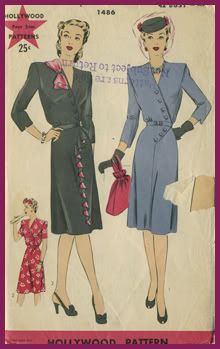Laura Chase
One Too Many
- Messages
- 1,354
- Location
- Copenhagen, Denmark
Ladies I found this dress today, it cost next to nothing. But the problem is it's got small holes all over the place. Is it possible to fix this at all? They aren't very noticeable when I wear it with a brown slip under, but if there is a way to repair them, I would like to do so.
I tried to repair another dress on my own and ended up kinda ruining it, so I thought I should ask for some advice this time around.
Click to see the images larger.






I tried to repair another dress on my own and ended up kinda ruining it, so I thought I should ask for some advice this time around.
Click to see the images larger.









